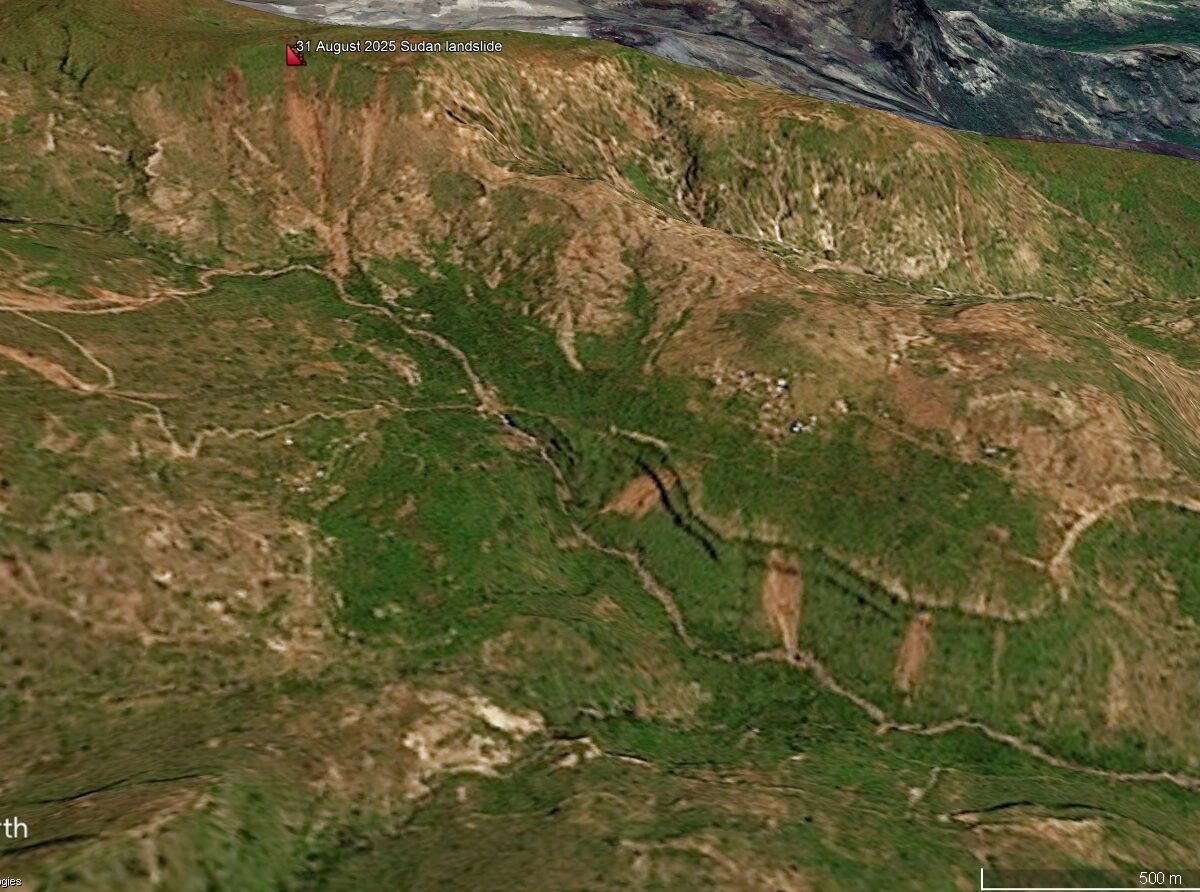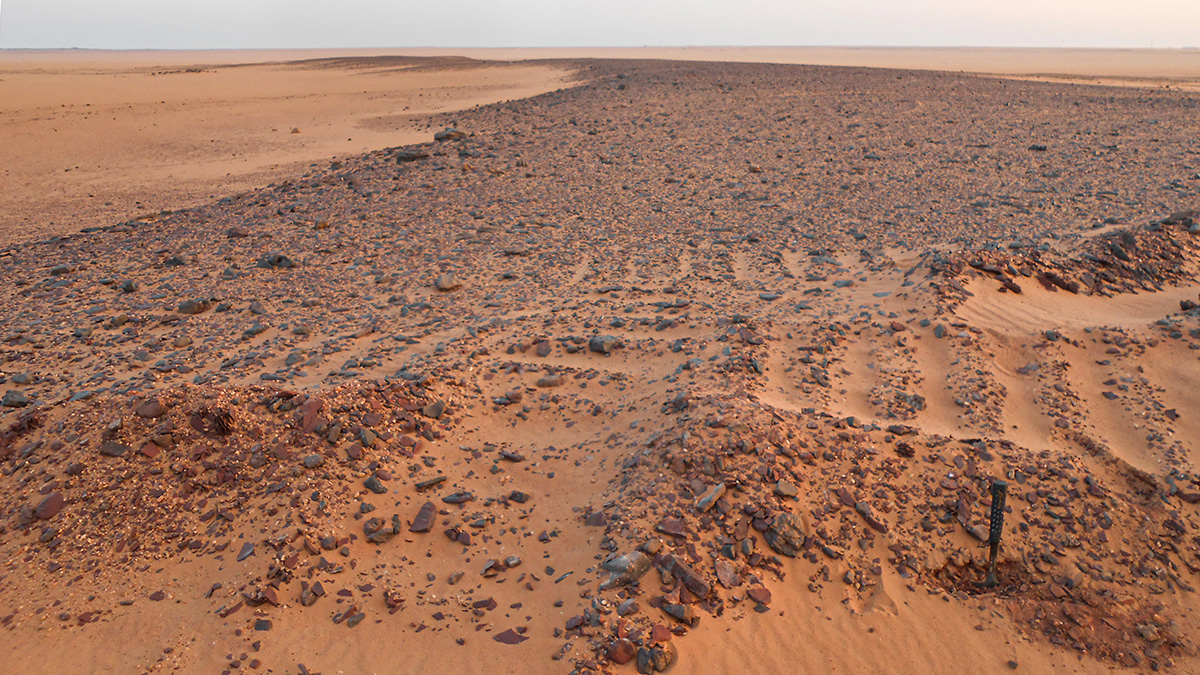Local reports suggested that over 1,500 people died in this event, and a high death toll was reported by some international agencies. However, examination of satellite imagery casts significant doubt on this interpretation. It has been widely reported that on 31 August 2025, a devastating landslide occurred at Tarasin (there are various spellings of this […]
Sudan
Posted inNews
The “Green Sahara” Left Behind Fossil Rivers
Reconstruction reveals how people living along the banks of the Nile may have relocated as climate changed and flooding increased during the African Humid Period.
Posted inNews
Cosmological Tool Helps Archaeologists Map Earthly Tombs
A new study employs a method originally developed to help map stars and galaxies to describe how ancient tombs are clustered. The research helps archaeologists studying remote or inaccessible sites.



